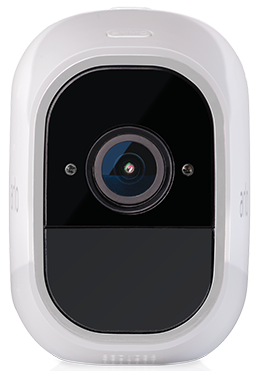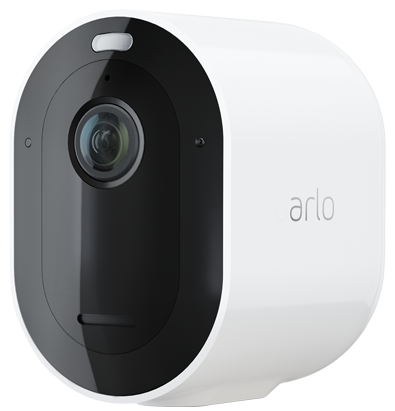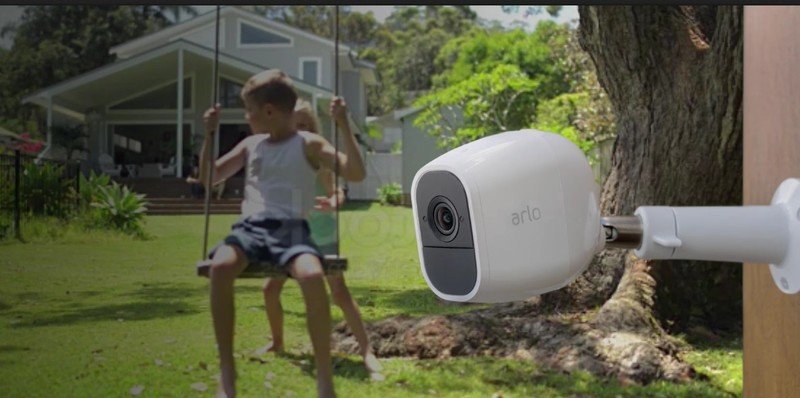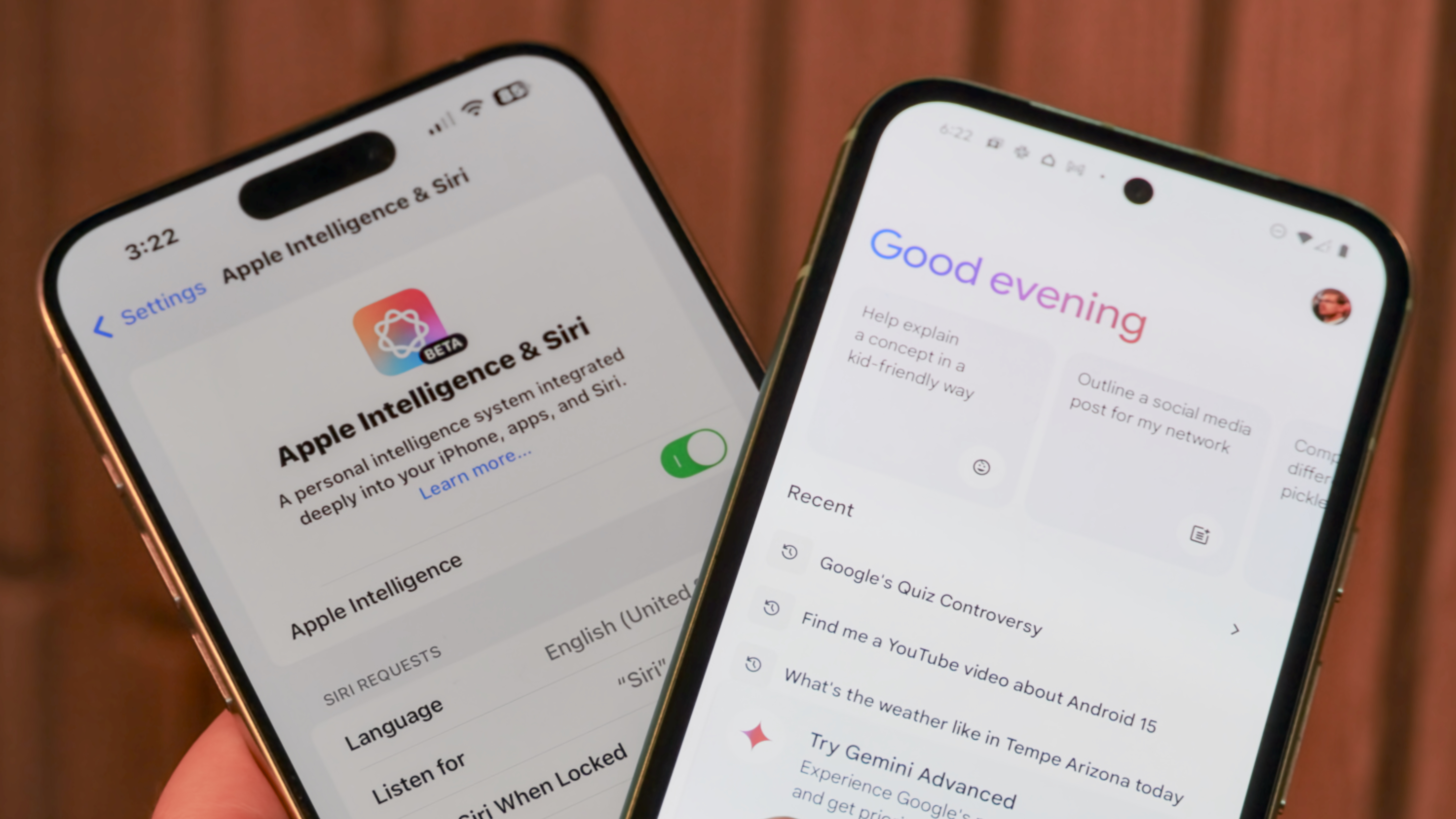Arlo Pro 3 vs. Arlo Pro 2: What's the difference and which should you buy?

Arlo Pro 2

The Arlo Pro 2 might be a few years old at this point, but it still offers most of what you'll probably need or want in a home security camera system.
Arlo Pro 2
Oldie but goodie
Arlo Pro 3

The Arlo Pro 3 is better than the Pro 2 in a few significant areas like video resolution and nighttime viewing, but those upgrades come at a steep cost that may not be worth it for everyone.
Arlo Pro 3
New and improved
Every time a manufacturer comes out with an update to an existing product line, we as humans (and tech reviewers) are quick to jump on the new hotness at the expense of the old, but that may not always be the most prudent decision. In this comparison, we're going to look at the similarities and differences between the Arlo Pro 3 and the Arlo Pro 2, and then I'll tell you which one I think you should go for.
Arlo Pro 3 vs. 2: New vs. old
While these two cameras share a lot of family DNA, there are some significant improvements from the second to the third generation. Are those improvements significant enough for you to want to pay more, though?
| Header Cell - Column 0 | Arlo Pro 2 | Arlo Pro 3 |
|---|---|---|
| Power Source | Battery (can power/charge over cable) | Battery (can power/charge over cable) |
| Wireless | Yes | Yes |
| Resolution | 1080p | 2K with HDR at 1440p |
| 24/7 Recording | Yes | Yes |
| 2-Way Audio | Yes | Yes |
| Field of View | 130-degree | 160-degree |
| Night Vision | Yes (black and white) | Yes (color) |
| Alerts | Motion and Sound | Motion and Sound |
| Indoor/Outdoor Use | Yes | Yes |
| Weather Resistance | Yes (IP65) | Yes (IP65) |
| Smart Assistants | Amazon Alexa and Google Assistant | Amazon Alexa and Google Assistant |
| Local Storage | Yes (up to 2TB through the hub) | Yes (up to 2TB through the hub) |
| Free Cloud Storage | Seven Days (in perpetuity for the life of the system) | Three month Arlo Smart subscription trial (after trial requires paid subscription) |
| Subscription Options | From $3/month (up to 30 days) | From $3/month (up to 30 days) |
| Price | $300 (for 2 camera system) | $483 (for 2 camera system) |
Arlo Pro 3 vs. 2: similarities
The Arlo Pro 2 and Pro 3 look similar enough that you'd be forgiven if you had a difficult time telling them apart. The Pro 3 seems to have tightened up the industrial design just a bit over the Pro 2, but there is a family resemblance.
I recently made the Arlo Pro 3 one of my top picks for security cameras that can store video locally because of just how much you can store on-device — up to 2TB! Technically the storage is through the Arlo Hub (indoors), but it's still local. Best of all? This feature is available on both the Pro 3 and the Pro 2. The one downside to this massive local storage capacity is that you can't view it remotely; instead, you have to take the USB storage out of the hub and plug it into your computer.
Both the Pro 2 and Pro 3 are capable of recording video 24/7, though to do so, they require a constant wired (cable) power connection and a subscription to the Arlo Smart cloud service. They can also both function as indoor or outdoor cameras, and each sports IP65 weather-resistance.
Get the latest news from Android Central, your trusted companion in the world of Android
You can purchase Arlo Pro 2 or Pro 3 systems in packages with a hub and from 2-6 cameras, or you can buy a smaller system and add additional cameras at a later date. The two cameras also work fabulously with either the Google Assistant or Amazon's Alexa.
Arlo Pro 3 vs. 2: differences

Even though the cameras have a lot in common, Arlo created the Pro 3 line because it improved on the Pro 2 in several key areas. Whether or not those improvements are significant to you is another matter.
The most significant differences you'll notice between the Pro 2 and Pro 3 center around the camera performance. The Pro 3 has a 2K HDR sensor capable of recording at 1440p, which is much better than the 1080p HD quality of the Pro 2. The Pro 2 had a decent field of view at 130 degrees, but the Pro 3 expands that to 160 degrees so it can see more of your yard, driveway, or living room. While both cameras have night vision capabilities, the Pro 3 can capture and record at night in full color, and it has an integrated spotlight as well.
Aside from the physical differences, these cameras also vary quite a bit when it comes to the price of ownership. Regardless of which package of hub and cameras you choose (I chose to compare the two-camera setup), the Pro 3 is priced significantly higher than the Pro 2. In fact, at each package level, the price difference can be anywhere from $180 (for the two-camera setup) to $500 (for the six-camera setup). That's quite a few Benjamins to part with.
Both cameras offer a version of free cloud storage, but the differences in those versions are quite important. The Pro 2 offers seven days of free online recording access for the life of the system. In contrast, the Pro 3 offers a three-month trial of the Arlo Smart cloud service, at which point you'll have to pay for a subscription if you want to continue to have online access to your recordings.
Arlo Pro 3 vs. 2: The one to get
The Arlo Pro 3 is a solid choice for anyone looking for a top-of-the-line security camera system. Still, in my mind, the improvements to the camera quality aren't enough to make up for the substantial price increases in the hardware, nor the change in free cloud storage. If you want a quality security camera with local storage that won't break the bank, you can't go wrong with the Arlo Pro 2.

Jeramy was the Editor-in-Chief of Android Central. He is proud to help *Keep Austin Weird* and loves hiking in the hill country of central Texas with a breakfast taco in each hand.
